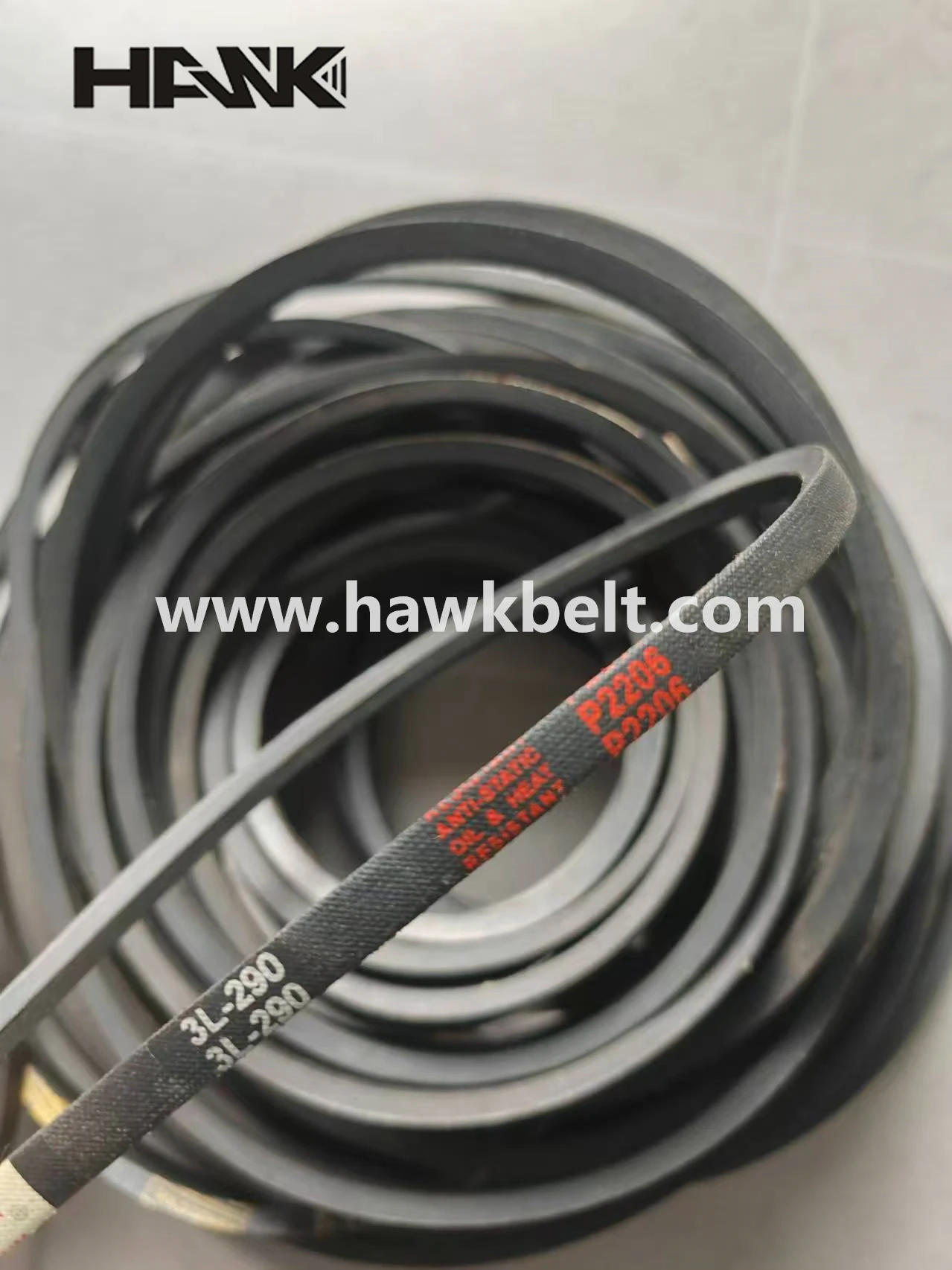- Arabic
- French
- Russian
- Spanish
- Portuguese
- Turkish
- Armenian
- English
- Albanian
- Amharic
- Azerbaijani
- Basque
- Belarusian
- Bengali
- Bosnian
- Bulgarian
- Catalan
- Cebuano
- Corsican
- Croatian
- Czech
- Danish
- Dutch
- Afrikaans
- Esperanto
- Estonian
- Finnish
- Frisian
- Galician
- Georgian
- German
- Greek
- Gujarati
- Haitian Creole
- hausa
- hawaiian
- Hebrew
- Hindi
- Miao
- Hungarian
- Icelandic
- igbo
- Indonesian
- irish
- Italian
- Japanese
- Javanese
- Kannada
- kazakh
- Khmer
- Rwandese
- Korean
- Kurdish
- Kyrgyz
- Lao
- Latin
- Latvian
- Lithuanian
- Luxembourgish
- Macedonian
- Malgashi
- Malay
- Malayalam
- Maltese
- Maori
- Marathi
- Mongolian
- Myanmar
- Nepali
- Norwegian
- Norwegian
- Occitan
- Pashto
- Persian
- Polish
- Punjabi
- Romanian
- Samoan
- Scottish Gaelic
- Serbian
- Sesotho
- Shona
- Sindhi
- Sinhala
- Slovak
- Slovenian
- Somali
- Sundanese
- Swahili
- Swedish
- Tagalog
- Tajik
- Tamil
- Tatar
- Telugu
- Thai
- Turkmen
- Ukrainian
- Urdu
- Uighur
- Uzbek
- Vietnamese
- Welsh
- Bantu
- Yiddish
- Yoruba
- Zulu
Ліст . 04, 2024 16:58 Back to list
Choosing the Right Lawn Mower Belts for Optimal Performance and Durability
Understanding Lawn Mower Belts A Comprehensive Guide
Maintaining a lush, green lawn requires more than just good weather and regular watering; it also demands the proper equipment. Among the critical components of any lawn mower, belts play an essential role in ensuring that your mowing machine operates efficiently. This article delves into the importance of lawn mower belts, types of belts, and maintenance tips to keep your lawn mower running smoothly.
The Importance of Lawn Mower Belts
Lawn mower belts are integral to the machine's functionality. They facilitate the transmission of power from the engine to various components, such as the blades and drive wheels. Essentially, the belt converts the engine's rotational energy into movement, allowing the mower to cut grass effectively. A malfunctioning belt can lead to decreased performance, uneven cuts, or even complete breakdowns, which can be frustrating during the busy mowing season.
Types of Lawn Mower Belts
There are several types of belts found in lawn mowers, primarily classified into two categories drive belts and blade belts.
1. Drive Belts These belts are responsible for transferring power from the engine to the wheels of the mower, allowing it to move forward or backward. Drive belts can be either V-belts or flat belts, depending on the mower's design. V-belts have a trapezoidal shape that allows for greater grip and efficiency, making them suitable for heavier-duty mowers.
2. Blade Belts Also known as deck belts, these belts connect the engine to the mower's cutting blades. They play a crucial role in the engagement of the blades; when the blades are activated, the belt rotates, allowing the mower to cut grass at various heights. Like drive belts, blade belts can come in different shapes and sizes, requiring careful selection during replacement.
3. Mower Deck Belts These belts specifically drive the cutting deck of the mower and are essential for effective grass cutting. A worn-out mower deck belt can result in poor cutting performance and may cause the blades to stall.
Signs of a Worn-Out Belt
Identifying a worn-out lawn mower belt can save you time and money in repairs. Here are some common signs to watch for
lawn mower belts

- Squeaking or Squealing Noises If you hear unusual noises coming from the mower, this may indicate that the belt is slipping or worn. - Reduced Power If the mower struggles to move or the blades stop spinning effectively, it could be a sign of a failing belt. - Physical Damage Inspect the belt for cracks, fraying, or wear. Any visible damage typically necessitates replacement. - Temperature Increase If the belt becomes excessively hot during operation, this may signal friction due to misalignment or wear.
Maintenance Tips
Regular maintenance is key to extending the life of your lawn mower belts. Here are some practical tips
1. Regular Inspections Check the belts frequently for signs of wear and tear. Look for improper tension and alignment, which can lead to premature wear.
2. Keep the Mower Clean Grass and debris can accumulate under the mower deck, causing strain on the belts. Clean the deck after each use to prevent build-up.
3. Adjust Tension Ensure that the belts are properly tensioned. Too loose or too tight can lead to inefficient performance and quicker wear.
4. Use the Right Belt When replacing a lawn mower belt, always opt for quality parts that meet the manufacturer’s specifications. Cheap replacements may save you money initially but could lead to more costly repairs down the line.
5. Service Regularly Take your mower for regular servicing to ensure that all components, including belts, are in optimal condition.
Conclusion
Lawn mower belts are vital for the effective operation of your mower, influencing both its power and cutting precision. Understanding their types, recognizing the signs of wear, and adhering to maintenance tips can enhance your mower's performance and longevity. Taking these proactive steps ensures that your lawn remains lush and well-trimmed, contributing to the overall health and beauty of your outdoor space.
-
Korean Auto Parts Timing Belt 24312-37500 For Hyundai/Kia
NewsMar.07,2025
-
7PK2300 90916-T2024 RIBBED BELT POLY V BELT PK BELT
NewsMar.07,2025
-
Chinese Auto Belt Factory 310-2M-22 For BMW/Mercedes-Benz
NewsMar.07,2025
-
Chinese Auto Belt Factory 310-2M-22 For BMW/Mercedes-Benz
NewsMar.07,2025
-
90916-02660 PK Belt 6PK1680 For Toyota
NewsMar.07,2025
-
drive belt serpentine belt
NewsMar.07,2025

